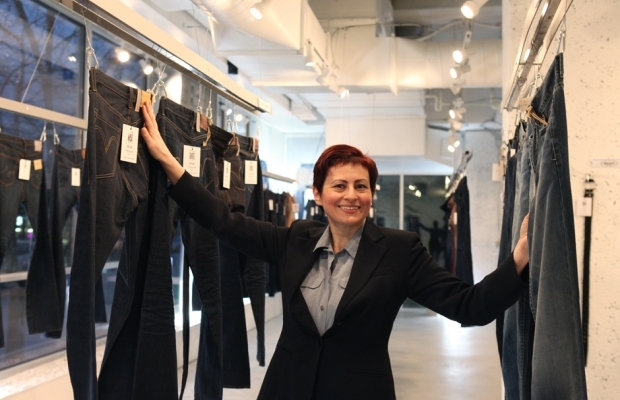Digital Transformation is the third wave of digital evolution.

GUEST POST from Howard Tiersky
The first wave was brochureware. Enterprises created websites that communicated their story. As simple as this idea is, it was revolutionary. The business value of providing instant sales and marketing material at the click of a mouse is hugely valuable.
The second wave was eCommerce. Enterprises connected customer-facing digital front-ends to their back-end systems, so that customers could engage in transactions directly via their browser or mobile device. This wave generated much more value than brochureware, because it reduced the cost of customer interaction, and removed friction from the user experience. Businesses who have mastered eCommerce have been able to trump former market leaders. In today’s world, if you can’t provide elegant digital options for the customer throughout their entire journey, you’re toast.
Now we find ourselves in the third wave: Digital Transformation. eCommerce added new pathways for pre-existing offerings, but companies going through digital transformation need to reinvent themselves for a digital age. Netflix made the transition from being a mail-order company to a streaming company. Though they still focus on their core value proposition of providing extended choices and increased convenience, their entire solution offering had to shift, along with their customer experience, pricing, contracts with suppliers, marketing, and more. Furthermore, given new methods of interacting with the consumer, it became practical for them to focus serious resources on content creation, as well. While the Netflix DVD-by-mail service was definitely eCommerce enabled (i.e. you could order DVDs via their web site), their digitally transformed value proposition is fundamentally impossible without digital.
Uber is doing the same thing for transportation. While plenty of taxi and limousine companies have apps that allow you to order their vehicles, Uber created a business model that was completely digitally focused. This meant that they didn’t need to own any vehicles or hire any drivers to become the largest ground transportation company in the world. It’s worth noting that Uber didn’t really go through a digital transformation, it was born digital. Digital Transformation is what pre-digital companies must undertake to compete in the newest wave of the digital age.
But even those companies that are “born digital” will need to focus on ongoing transformation. There are multiple examples of early digital successes, companies like Yahoo and MySpace, that failed to continue to transform.
Digital Transformation also requires a different mindset around where digital “lives” within the organization. You can visualize the way digital transformation works in the enterprises like this:
- Wave 1 – Brochureware: Digital was part of marketing.
- Wave 2 – eCommerce: Digital is a support service, creating digital pathways to pre-existing services like ordering, customer support, and billing.
- Wave 3 – Digital Transformation: Digital reimagines the entire value proposition and business model of the company.
The goal of Digital in Wave 2 is to support the strategy and operations of the company by augmenting non-digital channels with more efficient and elegant digital alternatives. But in Wave 3, digital is driving the bus. The entire company — its value proposition and business model — is reimagined with digital at the center. This requires some substantial shifts in organizational structure, roles, and mindset; these shifts make companies hesitant to move towards true digital transformation. They engage in what is sometimes called Digital Decoration, that makes them seem progressive while protecting the “integrity” of their legacy business structures.
This is a losing strategy. There’s a long history of companies who decided to protect their existing models over supporting new ones. Kodak suffocated its early digital camera products; Blockbuster resisted focusing on digital delivery of entertainment. Western Union scoffed at the telephone.
In fact, here’s an example of an internal memo sent at Western Union:
“Why would any person want to use this ungainly and impractical device [a telephone] when he can send a messenger to the telegraph office and have a clear written message sent to any large city in the United States?”
Western Union opted out of the “digital transformation” of its era and I predict the same outcome for pre-digital companies who take a similar approach.
This article originally appeared on the Howard Tiersky blog
Image Credit: Pexels
![]() Sign up here to get Human-Centered Change & Innovation Weekly delivered to your inbox every week.
Sign up here to get Human-Centered Change & Innovation Weekly delivered to your inbox every week.
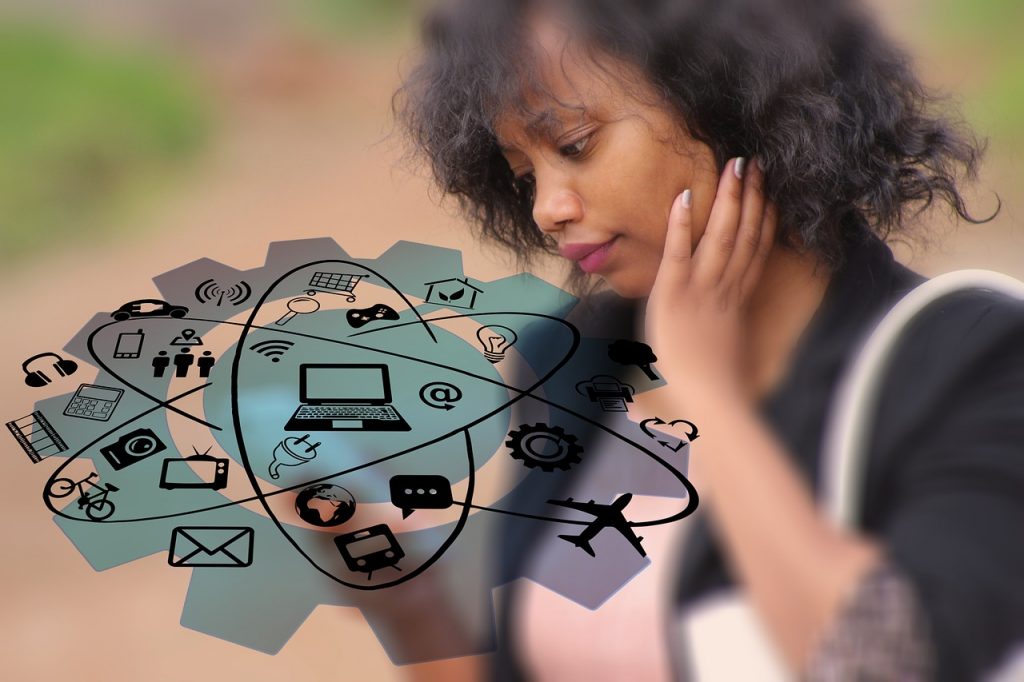
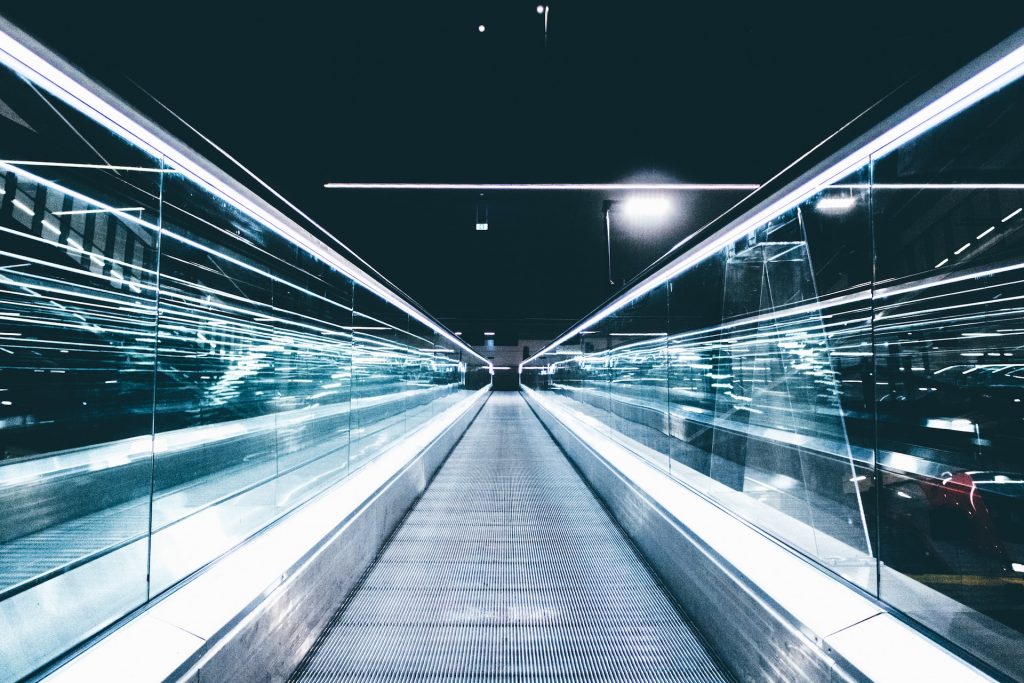
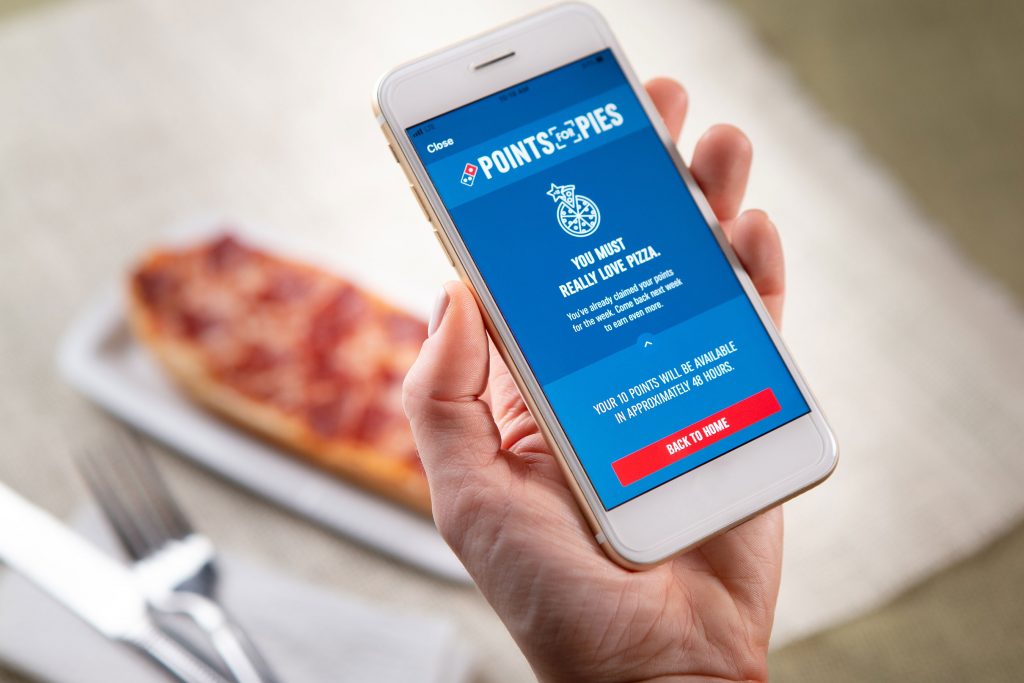

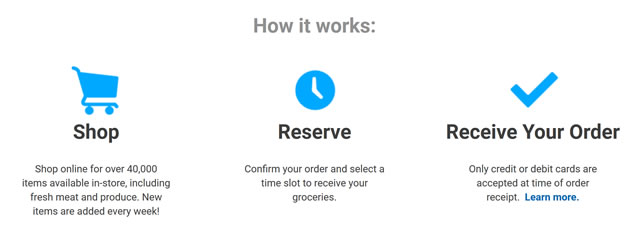


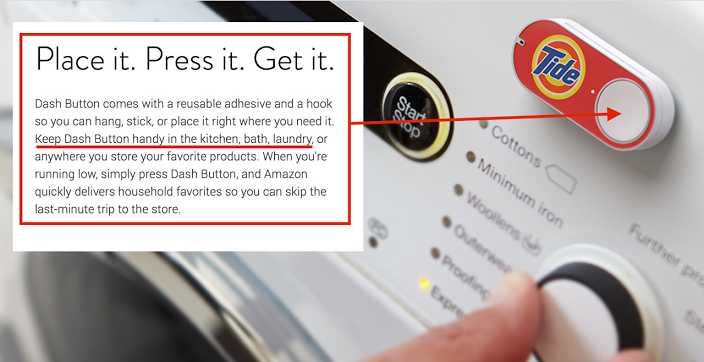

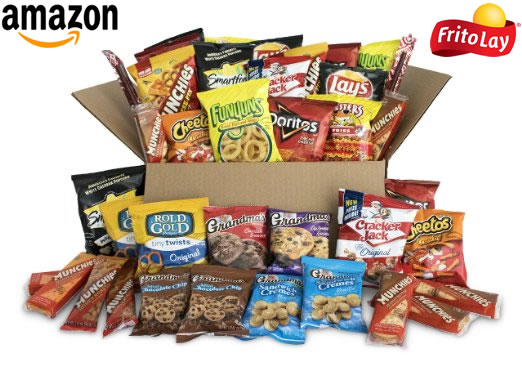

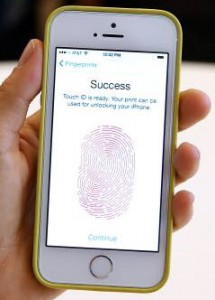 Last August I wrote about
Last August I wrote about 
 Old School vs. Old School
Old School vs. Old School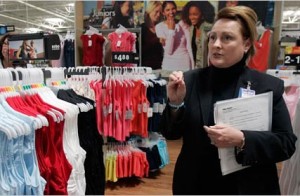 All of this inventory has been tagged for individual sale and is there every day, just in case the person who wants that size, color, style, whatever, walks into the store ready to take it home today.
All of this inventory has been tagged for individual sale and is there every day, just in case the person who wants that size, color, style, whatever, walks into the store ready to take it home today.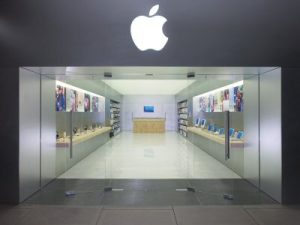 Apple Stores are a hybrid between the two. Accessories are out on the floor boxed for individual sale, while iMac and iBook computers, iPad tablets, and iPod mp3 players are all out of the box and display in droves for customers to try out and hopefully purchase. Then if they do, the box appears from the warehouse in the back.
Apple Stores are a hybrid between the two. Accessories are out on the floor boxed for individual sale, while iMac and iBook computers, iPad tablets, and iPod mp3 players are all out of the box and display in droves for customers to try out and hopefully purchase. Then if they do, the box appears from the warehouse in the back.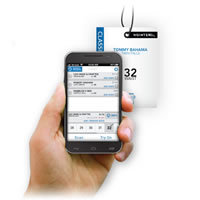 This has led to the rise of what physical retailers rail against, the concept of showrooming. If you’re not familiar with what showrooming is, it is the pattern of behavior where potential customers come into a physical retail store, explore the product, try it on if necessary, and then leave the store and buy the product online from a competitor like Amazon.
This has led to the rise of what physical retailers rail against, the concept of showrooming. If you’re not familiar with what showrooming is, it is the pattern of behavior where potential customers come into a physical retail store, explore the product, try it on if necessary, and then leave the store and buy the product online from a competitor like Amazon.